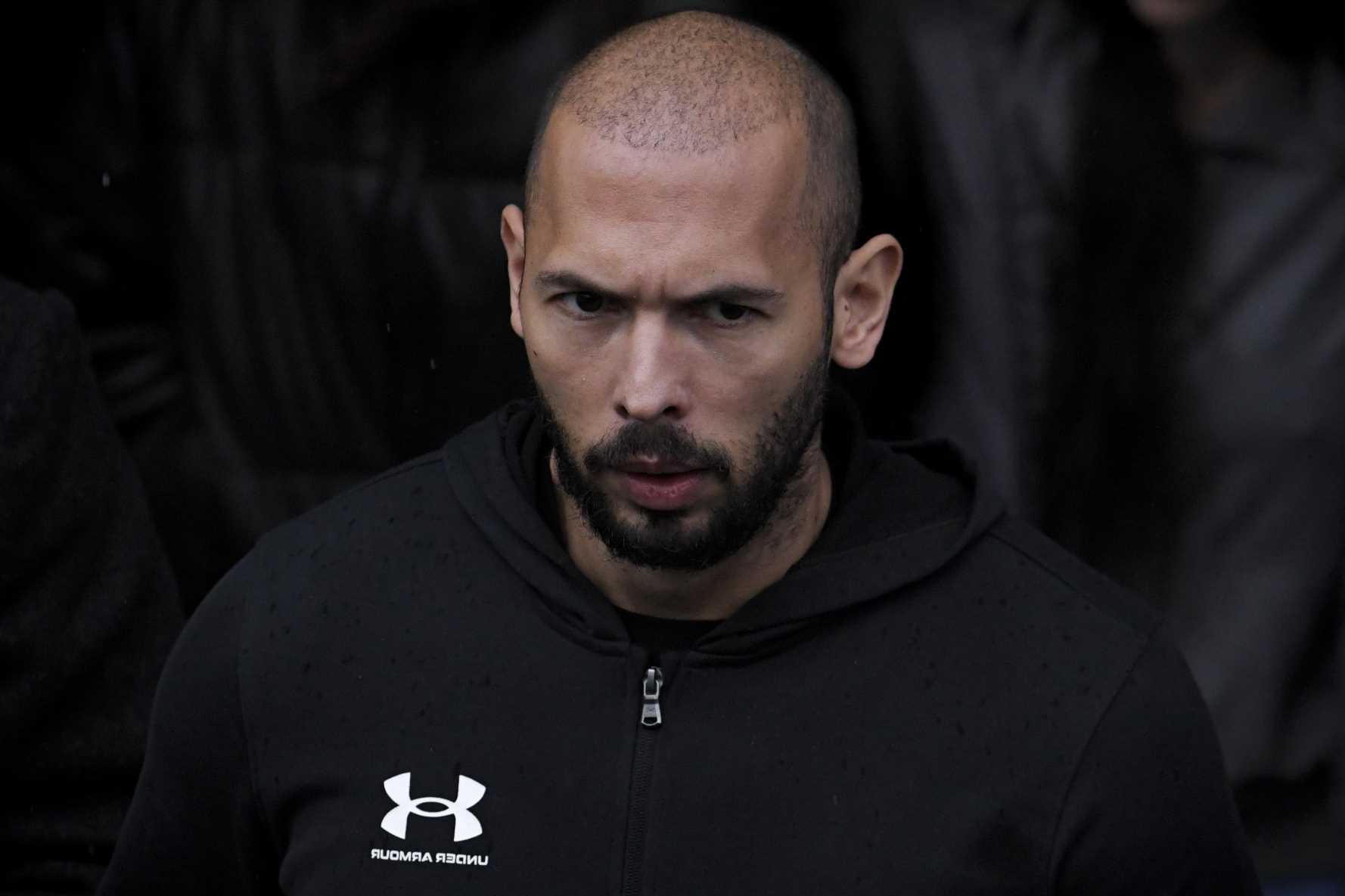Property prices have fallen sharply over the past year, but that hasn’t stopped Australians fretting about housing affordability.
Despite our nation’s impressive wealth, housing – the most basic of human needs – has become a source of persistent anxiety for many people.
Housing affordability has become entrenched as a community concern. Credit:Peter Rae
A new Resolve Strategic Monitor survey, reported today in The Sunday Age, underscores this. It found 63 per cent of Australians now believe that the young will never be able to buy a home, up from 57 per cent a year ago.
Young people themselves are even more pessimistic: 72 per cent of survey respondents aged between 18 and 34 said they will never be able to purchase a house. When tenants were asked why they were renting, 49 per cent said it was because they had been “priced out” of the housing market.
These results are consistent with other opinion polls that show housing affordability is now entrenched as a community-wide concern, especially in Melbourne and Sydney.
Despite the property market’s deepest downturn in decades, the median house price in both cities was still more than $1 million in the December quarter, according to the Domain House Price Report.
But feeling priced out of the property ladder is not the only source of housing-related stress. Thousands of highly indebted borrowers, who recently entered the housing market, are now under growing financial pressure due to the recent surge in official interest rates. At the same time many tenants, who tend to be low- and middle-income households with modest financial buffers, have been hit with higher rents.
Australians have long aspired to homeownership because of the long-term social and economic benefits offered by secure tenure.
The share of Australian households that owned a home climbed steadily following World War II, reaching the 70 per cent mark between the mid-1960s and the early 2000s.
But since then, ownership rates have been in decline, especially among the young and poor. Analysis by the Grattan Institute shows that between 1981 and 2021, homeownership among 25- to 34-year-olds fell from more than 60 per cent to 40 per cent, and among the poorest 40 per cent of that age group, it has more than halved, from 57 per cent to 28 per cent. Home ownership is also falling among older Australians on low incomes. Grattan estimates that among the poorest 40 per cent of 45- to 54-year-olds, just 53 per cent own their homes today, down from 71 per cent four decades ago.
Not long ago, Australians of all ages and incomes had a reasonable chance to own a home. Now it increasingly depends on whether your parents have a property.
As home ownership rates fall, the share of Australians retiring as renters will inevitably rise. That will eventually present a raft of social and fiscal challenges because, at present, an implicit assumption in our retirement income system is that most retirees own their home outright. Without change, a growing share of elderly Australians could end up living in poverty.
The Resolve Political Monitor survey reveals high levels of voter support for some reforms that could improve access to homeownership.
Seven in 10 respondents supported “rent to buy” schemes – where renters have the right to buy their accommodation at the end of a lease period at a previously-agreed-upon price.
Two-thirds of respondents supported greater government investment to build housing and changes to planning regulations that force new housing developments to include a proportion of low-cost housing.
The decline in Australia’s homeownership rate has complex causes and the bold policies needed to reverse the trend will be controversial, disruptive and politically costly.
But until national and state leaders are willing to pursue them, housing affordability will remain near the top of our national worry list.
Patrick Elligett sends an exclusive newsletter to subscribers each week. Sign up to receive his Note from the Editor.
Most Viewed in Politics
From our partners
Source: Read Full Article


